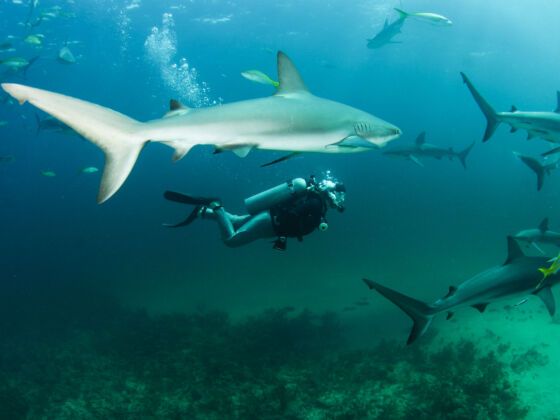I love to swim. I love to paddle. I’m a superstar boogie boarder. I’m usually game to try pretty much any water sport, but only if it’s within a few yards of shore and in shallow / fresh enough water that I will remain at the top of the food chain throughout the extent of the activity.
I do love the ocean but I’m not exactly an ocean person. My fears overwhelm my interests when it comes to diving deep into the unknown. And by “fears” I mean “completely irrational phobia of sharks that has been known to keep me out of lakes at times.” I know I’m not alone in picturing the 1975 VHS cover of Jaws every time I step in a puddle. Which is why I’ve never understood that overwhelming, uncompromising draw to the deep sea that so many people have. That force instilled in ocean lovers, so powerful they risk lives and limbs just to satisfy it.
